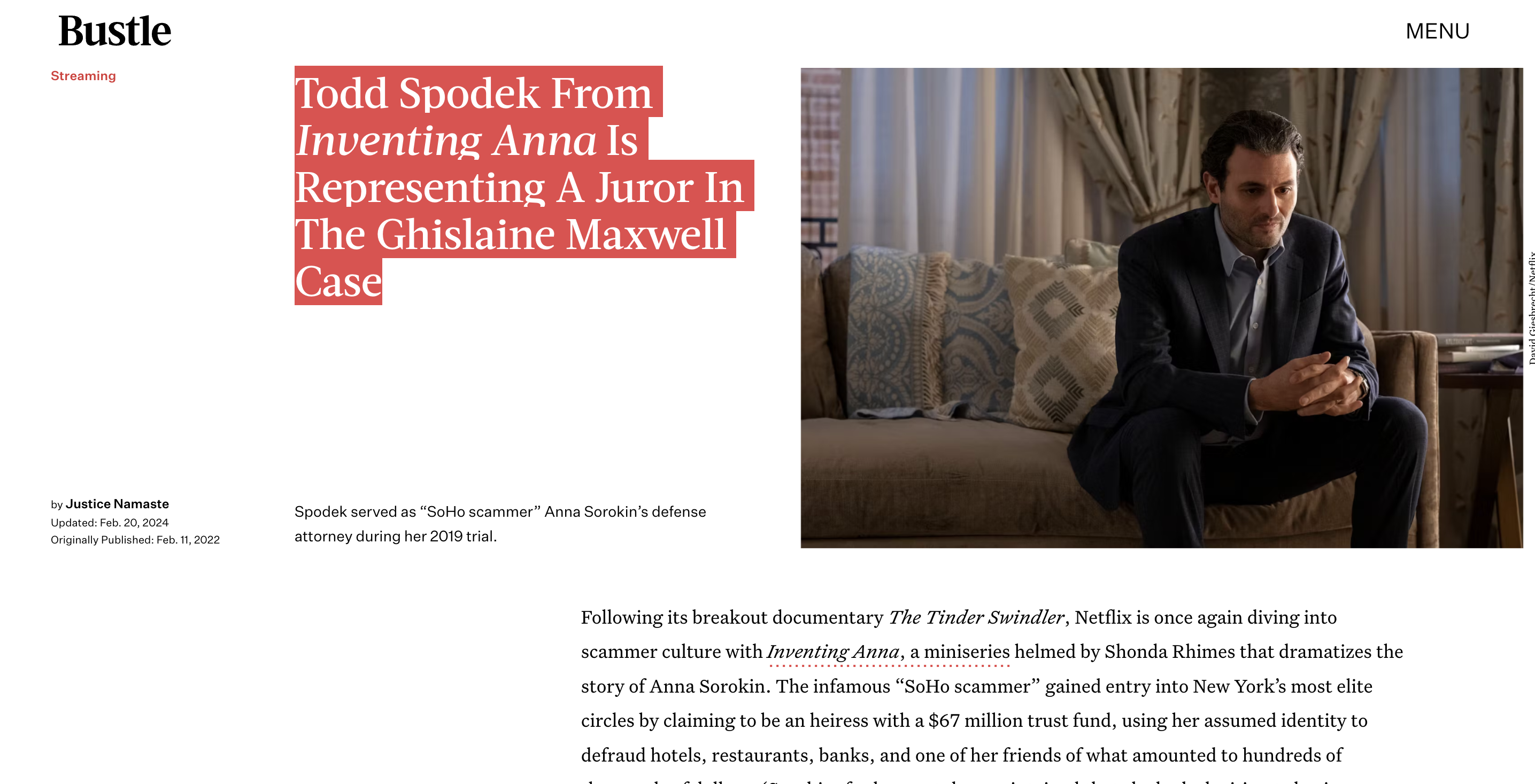Blog
The Safety Valve Hearing: What to Expect and How to Prepare
Contents
The Safety Valve Hearing: What to Expect and How to Prepare
If you or a loved one is facing federal drug charges, you may be eligible for a “safety valve” hearing. This hearing can lead to a shorter prison sentence if the judge determines you meet certain criteria. I know this process can feel overwhelming and scary, but I’m here to walk you through what to expect and how best to prepare.
What is a Safety Valve Hearing?

Let me back up real quick and explain what the safety valve is. Back in the 90’s, Congress passed the Safety Valve Statute which gave judges more flexibility when sentencing certain non-violent drug offenders. Basically, it was supposed to be a way to avoid giving long mandatory minimum sentences to folks who made a one-time mistake or got wrapped up in something over their heads.
If the judge determines you meet all five safety valve criteria, they can sentence you below the mandatory minimum penalties spelled out in law. This means you could end up with probation or a much shorter prison stay than you were originally facing. It’s a huge deal.
The 5 Safety Valve Criteria
There are five things you gotta prove to qualify for safety valve relief:
- You don’t have more than 1 criminal history point
- You didn’t use violence or possess a dangerous weapon during the offense
- No one was seriously hurt or killed during the offense
- You weren’t an organizer, leader, manager, or supervisor in the offense
- You fully cooperated with the government before sentencing by providing all info about the offense
That last one is really key and also the one that trips most people up. You have to come completely clean about everything you know regarding the drug offense. If prosecutors doubt you held anything back, no safety valve for you.
What Happens at the Safety Valve Hearing
If your lawyer files a motion saying you’re eligible and want to pursue the safety valve, the judge will schedule a special hearing. This is your big chance to present evidence and convince them you meet all five criteria.
The hearing is less formal than an actual trial. It’ll just be you, your lawyer, the prosecutor, and the judge in their chambers. You’ll be under oath as you answer questions about the offense and your background. Plan for it to take a few hours.
The judge will go through each safety valve requirement one-by-one and give the prosecution a chance to argue why you don’t meet it. Then your lawyer responds and tries to prove why you do. Both sides can introduce evidence like letters of support, program certificates, work history documents . . . whatever might be relevant.
At the end, the judge decides if you were truthful enough in the hearing itself to qualify for safety valve relief. So even if you were honest with law enforcement before, you still gotta be genuine and consistent when questioned at the hearing. No surprises!
How to Prepare for a Safety Valve Hearing
This hearing is make-or-break for your sentence, so prep work is critical. Here’s my best advice on getting ready:
Be Open During Interviews
Right after your arrest, the probation office will wanna interview you to create their presentence report for the judge. Be 100% open about everything that went down. Don’t downplay stuff to make yourself look better. They’ll see right through it.
You’ll also likely have to do a proffer session where you tell the prosecution everything you know about the drug offense. Again, no holding back details or they’ll say you breached the cooperation condition.
Gather Evidence
Work close with your lawyer to pull together anything documenting you meet the safety valve criteria. For example:
- Certificate showing completion of a drug program
- Letter from your church leader about your character
- High school diploma or college transcripts
- Letter from your employer
Stuff like that. You want to paint a picture of someone who just messed up once but can get their life together if given the chance. It tugs on the judge’s heartstrings, ya know?
Write an Apology Letter
Consider writing a sincere letter to the judge apologizing for the offense and taking responsibility. Explain the circumstances that led you down this path and how much you regret it. Talk about the lessons you learned and your plans to get back on the right track. It shows maturity.
Practice Answering Questions
Your lawyer will grill you with tons of questions to prep for the hearing. Be ready to answer anything about the offense, your co-defendants, the logistics of the crime…stuff like that. Think back to any little detail that might come up.
Also prepare to talk about yourself more broadly – your upbringing, challenges you faced, future goals, etc. You want to come across as a complete human being, not just someone caught up in a drug ring. Make sense?
Take a Plea Deal
If you haven’t pleaded yet, seriously consider taking a plea bargain instead of going to trial. One of the safety valve requirements is fessing up before the actual conviction. So people convicted at trial almost never qualify, even if they come clean right after.
I know going to trial feels like you’re fighting the charges. But the safety valve is probably your best shot at a short sentence. Don’t mess it up by pleading not guilty. Talk to your lawyer about the options.
What Happens After the Hearing?
At the end of the safety valve hearing, the judge decides if you were truthful enough to qualify for relief. If they rule in your favor, heck yeah! When it comes time for formal sentencing later on, they have the power to go under that mandatory minimum.
Say you were facing 10 years based on the drug quantity. The safety valve could let the judge give you only 4 or 5 years instead, or even just probation. It varies case by case.
If the judge says you don’t meet the criteria, you can still ask for leniency at sentencing. But they won’t have flexibility below the mandatory minimum. You’d have to appeal the safety valve decision and get a higher court to overturn it. That almost never happens unfortunately.
Key Takeaways
I know I just dumped a lot of info on you! Here’s a quick recap of the big points:
- Safety valve relief lets certain drug offenders get sentences below mandatory minimums
- You have to prove to the judge you meet all five criteria
- There will be a special hearing where both sides argue if you qualify
- Prep work like gathering evidence and practicing Q&A is super important
- If approved, the judge can give you a much shorter sentence









